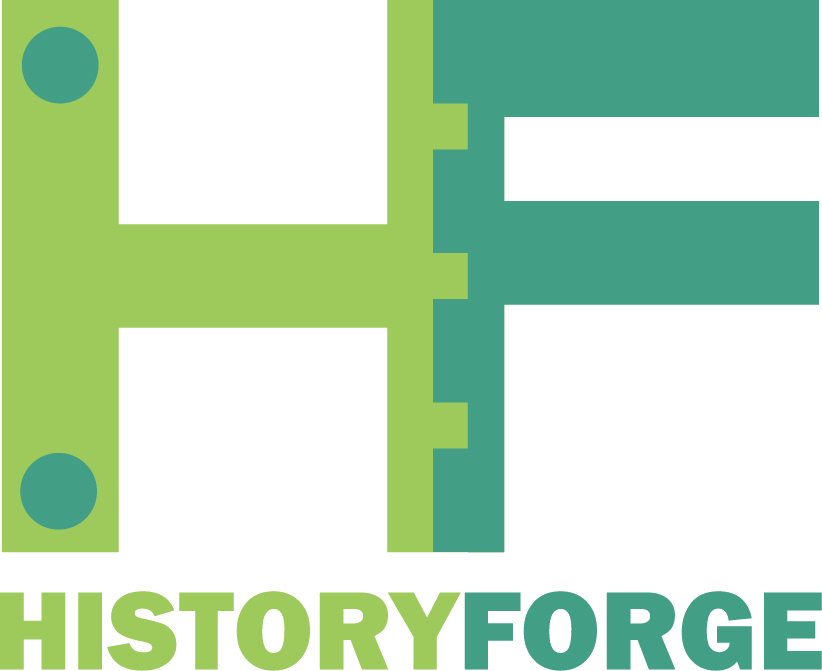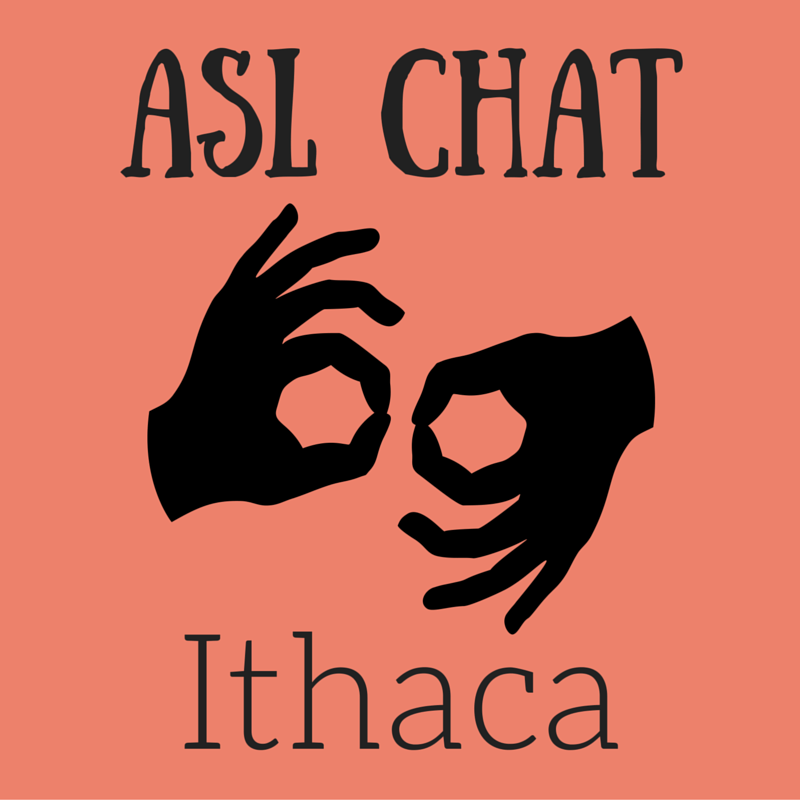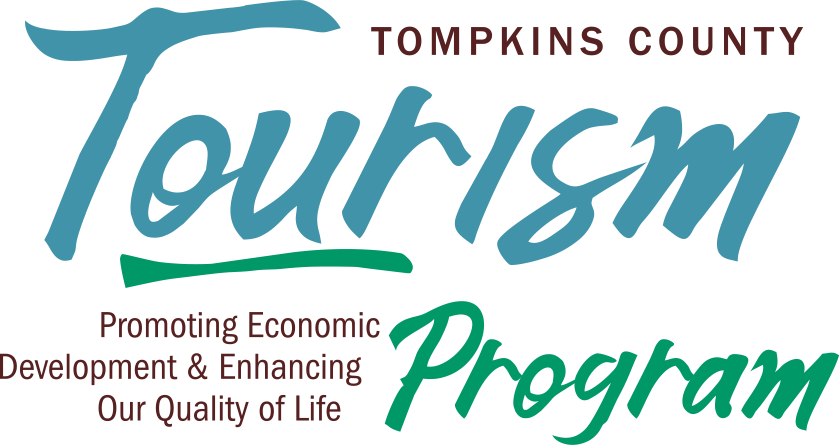- Home
- Deaf History Month
NATIONAL DEAF HISTORY MONTH
March 13th - April 15th
This century Ithaca, and Tompkins County more broadly does not boast as many resources and inclusive spaces to support the d/Deaf* and hard-of-hearing community as our neighboring cities of Syracuse and Rochester. In the early part of the twentieth century however, Ithaca was on the forefront of combatting hearing loss in children, offering monthly programs for the d/Deaf* community, and through work at Cornell University developing technology to assist the hearing impaired. In 1896, Matilda Arnold married Calvin H. Brown in an all-sign language wedding ceremony in Newfield NY, an absolute rare occurrence for the time period (See Women as Bright as Stars, by Rosemary Rowland). Some thirty years later, Dr. Frederick Bedell of Cornell University invented a bone conduction hearing device, allowing d/Deaf and hard of hearing individuals to experience sound through vibrations of the teeth and skull. In 1934 Tompkins County was the first county in the United States to fully test school children in rural America for hearing loss. Also in the 1930's the 'Ithaca League for the Hard of Hearing' supported weekly lip-reading classes, fundraisers, and community events across Tompkins County. These stories, and others yet to be uncovered share the history and impacts of d/Deaf community members throughout Tompkins County. The National Association of the Deaf (NAD) first introduced National Deaf History Month in 1997. Beginning in 2006 the American Library Association partnered with NAD in supporting and spreading awareness of this celebration. Deaf History Month is celebrated at this time of year because of three main events in the history of deaf education:
*A note on language: Why d/Deaf ? A capital “Deaf” is used in reference to Deaf culture/community, while lower case “deaf” is used for all other references. Using d/Deaf allows for greater inclusion as not all individuals who identify as deaf or hard of hearing consider themselves culturally Deaf. |
Clip from The Ithaca Journal (Ithaca, NY) · 18 Sep 1934, Tue · Pg 3
Clip from The Ithaca Journal (Ithaca NY) 24 April 1931 Pg 5 |
Research for this web page was compiled by History Center intern Leanza Kopa during the fall of 2021 as part of their Masters studies program. We are eager to add to our archival collections on d/Deaf and hard of hearing history in Tompkins County.
Please reach out to archives@thehistorycenter.net to contribute materials, stories and research to these collections.
The History Center in Tompkins County has been pursuing active efforts to make our exhibits and learning materials more accessible for the d/Deaf and hearing-impaired community. Written transcripts for most of our Oral History interviews are now available in the Archives (with many more in progress), and closed-captions have been completed for more than 90% of our YouTube videos and local history lectures and presentations. Please contact community@thehistorycenter.net with requests about making specific presentations and exhibits accessible and we will prioritize processing those.
Clip from The Ithaca Journal (Ithaca, NY) · 1 August 1931 | Matilda "Tilly" Arnold Brown lived in Newfield NY from 1853-1940. Tilly was born deaf and completed her education at the Central New York Institution for Deaf-Mutes in Rome New York. She and her sister Katie (also born deaf) supported themselves as dressmakers. Tilly married Calvin Brown in 1896, Calvin was also deaf and the newspapers noted their marriage ceremony was conducted entirely in sign language. Story from 'Women as Bright As Stars' researched and published by former Newfield Historian Rosemary Rowland. Ithaca League for the Hard of Hearing |
Dr. Bedell’s Mechanical Ear: The Deaf-Speaker On April 26th, 1932, Dr. Frederick Bedell debuted his Mechanical Ear device in front of the National Academy of Sciences in Washington DC. The “Deaf-Speaker” which was developed in the Rockefeller Hall Physical Sciences Laboratory at Cornell University would allow for those with hearing loss to experience sound once again. By picking up sound waves through a microphone, the device sends the vibration codes through an electrical tube, which then ends at the wooden device held between a person’s teeth or a device that would attach to a person’s cheek or forehead. By doing this the device bypassed the traditional ear drum, using the vibrations to send messages to the brain and nerves, allowing the individual to experience the vibrations of sound.
Dr. Bedell gave multiple lectures in the Ithaca community during the 1930's presenting his research and inventions. Many of these lectures were organized in coordination with the Ithaca League for the Hard of Hearing. Ithaca Journal, November 7th 1936 |
USING THE CENSUS TO FIND DEAF RESIDENTS OF 20TH CENTURY ITHACA
Tompkins County HistoryForge includes over 100,000 digitized census records of Ithacans from 1880–1950, and is in the process of adding tens of thousands of building records to the database. The 1910 and 1880 census included the category 'Deaf and Dumb'*, "dumb" an outdated term meaning mute. By searching the database using the filter for this question you can see the census results for deaf residents who were living in the City of Ithaca. |
Two of these residents were employed as servants in 1910, and four of them lived with with their families. This classification section was not included in any future census years, so we aren't able to search for deaf residents in other census records. See *Notes on Terminology & Classification section below. |
*Notes on Terminology and Classification
"Deaf and dumb" is considered an outdated and offensive term, as is the term "deaf-mute".
From just the census records available for the six Ithaca residents of 1910 who fit this classification, we are unable to determine if these residents were born deaf, or acquired their disability later in life. In the 1910 'Instructions to Enumerators' handbook for column 32 it reads "Whether deaf and dumb. - if a person is both deaf and dumb, write "DD." For all other persons leave the column blank. Persons who are deaf but not dumb, or persons who are dumb but not deaf are not to be reported." The enumerators who recorded the six Ithaca residents as "Deaf and Dumb" wrote "Yes" in column 32 but did not specify "DD".
Modern Community - American Sign Language Chat Ithaca (ASLCI)
ASLCI was founded in 2015 by Aurora Golden Appleton, a local middle-schooler. From 2015-2019 the group met weekly at Barnes & Noble on Route 13 to practice sign language. Signers of all skill levels were welcome, and in a few short years the group amassed over 50 members. The group has been hosting weekly meetings since 2015. Website: aslchatithaca.wordpress.com |
d/DEAF COMMUNITY RESOURCES IN TOMPKINS COUNTY
.png)





 HistoryForge
HistoryForge














